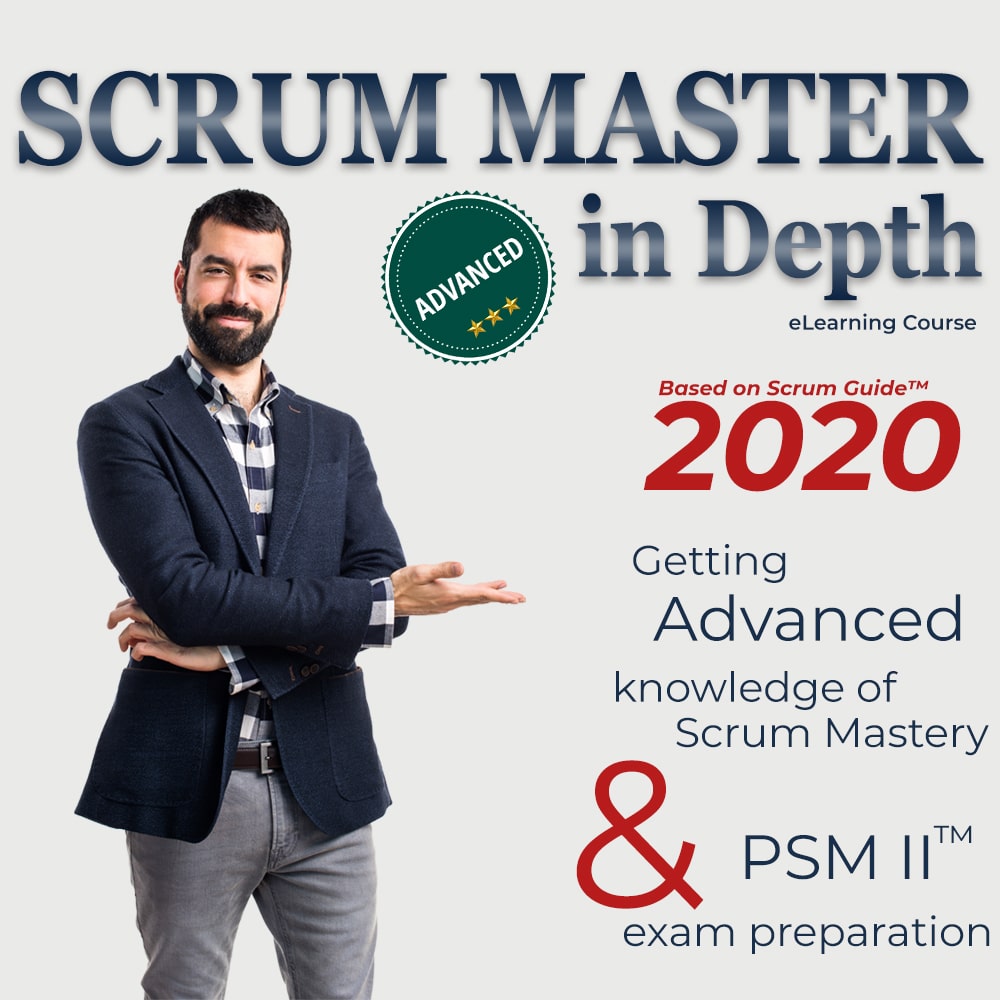Cross-functionality is a deep and challenging concept that many people have problem sensing it. So here, we used a case study to explain it.
A few months ago, Scrum School team decided to create a motion graphic to show and explain Scrum effectively. At that time, none of us had the experience of producing motion graphics. To resolve the problem we had three options. First, hiring a new member who had the required skills for creating motion graphics. Second, using a third company to produce it for us. Third, having a volunteer in our team to learn the required skills. Because our need was a case and we did not need it forever, we selected the last option.
After a lot of searches, we found out Camtasia software which was a light and great tool for producing professional motion graphics. Honestly, it was almost easy. So, after watching a few free training videos on YouTube, we started writing the scenario. We used a true story from our real lives. Then we read and recorded the sound. Finally, we assembled all widgets, sounds, and background music together and rendered them.
If you want to take the PSM II exam, don’t miss the “Scrum Master in Depth” eLearning course
The result was awesome. You can watch the motion graphic on our website home page. Its title is “Very Simple, What is Scrum?”
After that experience, our team had a new skill for creating motion graphics. It is a great sample of cross-functionality behavior.
As you can see, cross-functionality is not “as is” state, indeed it is “to be” state within which the team constantly expands its skills throughout the project based on the new learnings and requirements.
To sum up, cross-functionality is a deep concept and behavior that mature Scrum teams play and show well.
If you are a candidate for PSM II or PSM III exams you should learn the above-mentioned concept deeply. Because you will certainly have a few questions about cross-functionality in these exams.
Scrum School: Empowering Scrum Practitioners
We help people to pass the Scrum.org exams with more confidence


